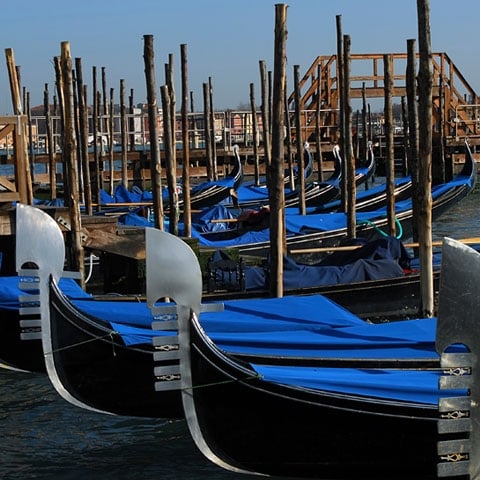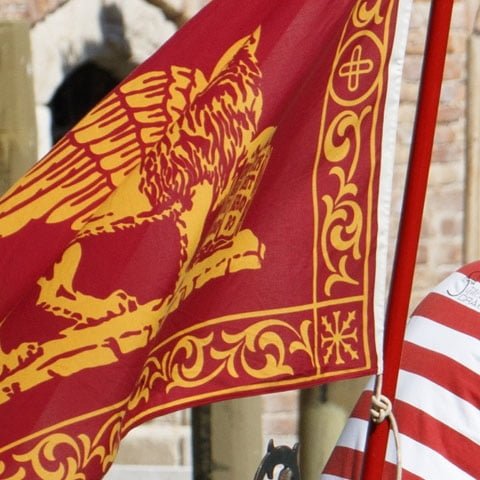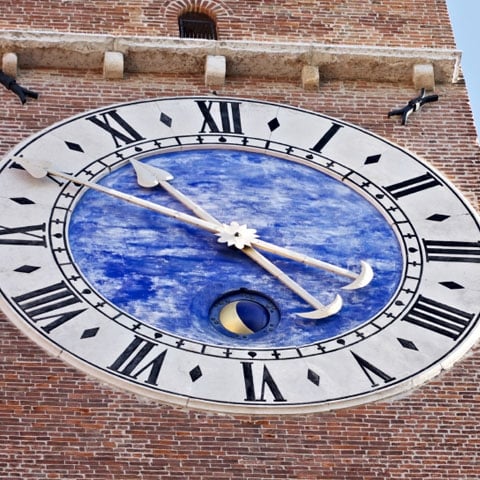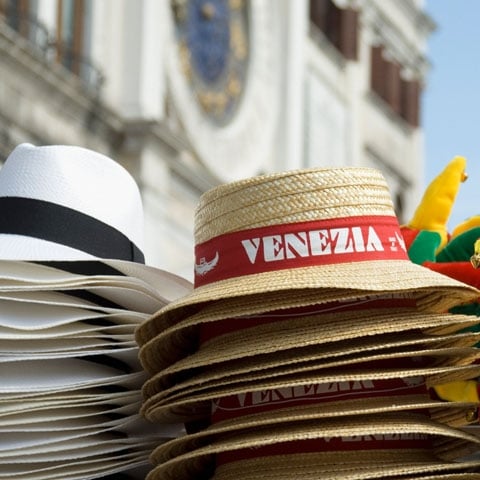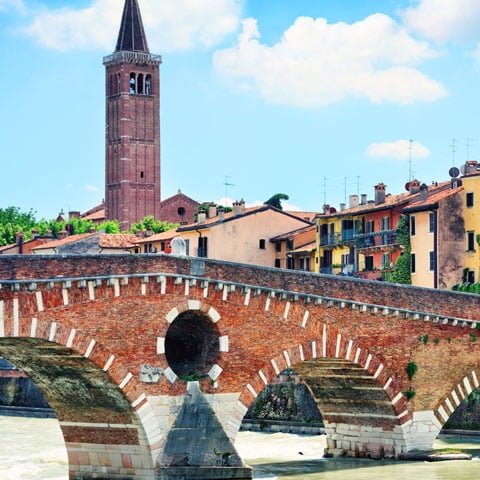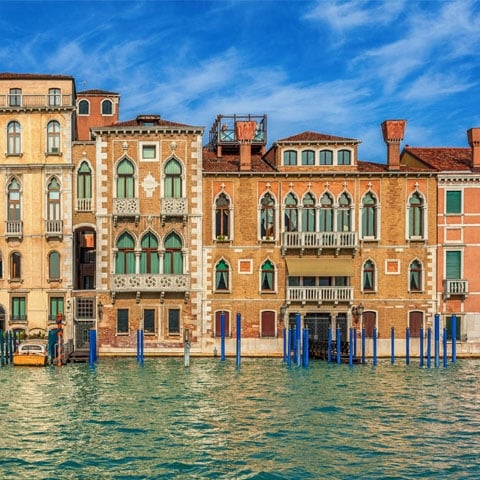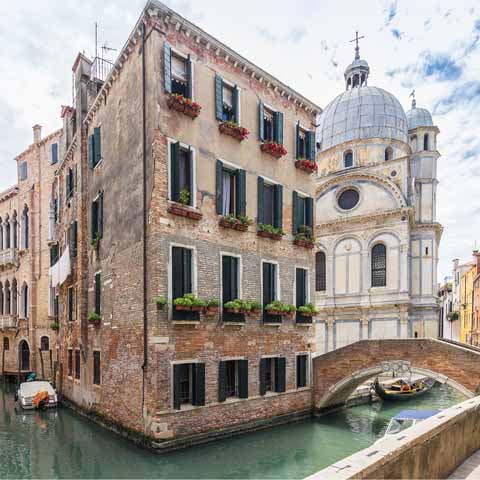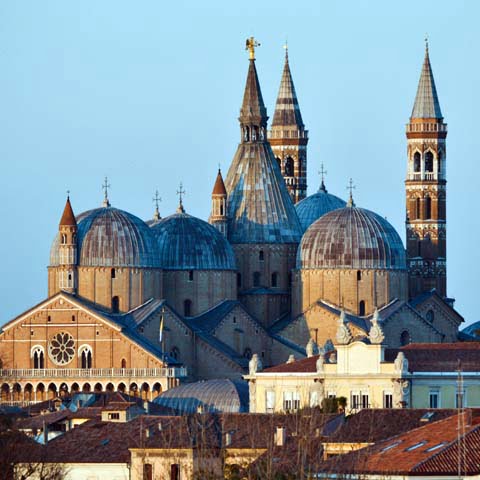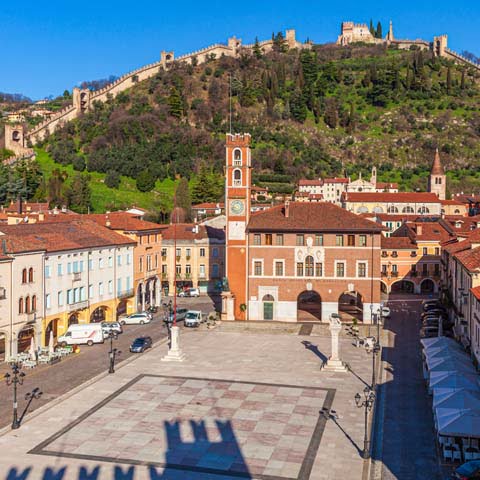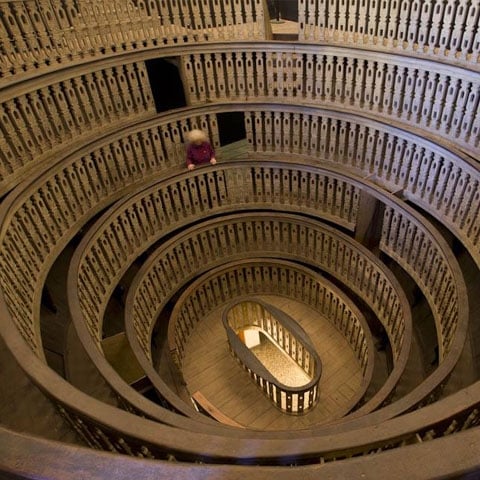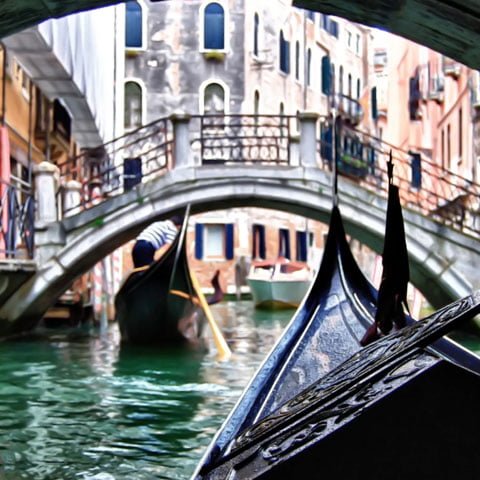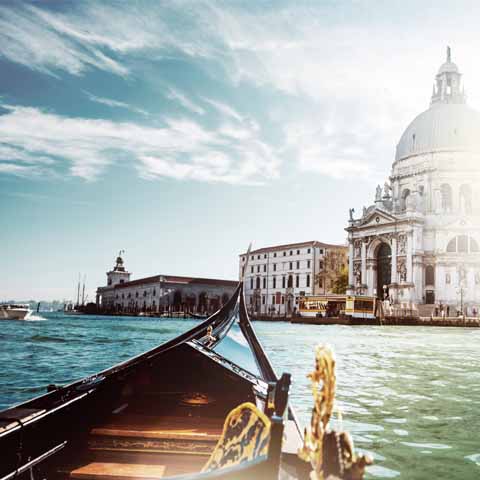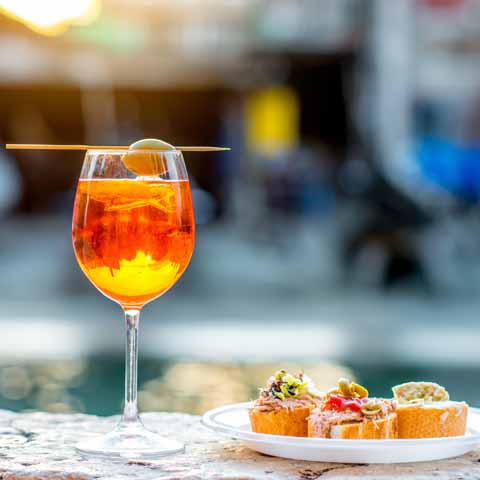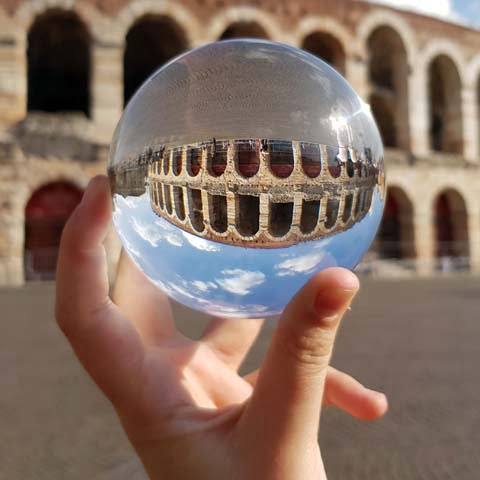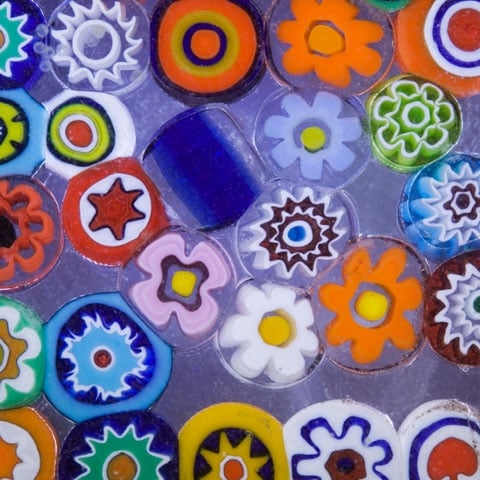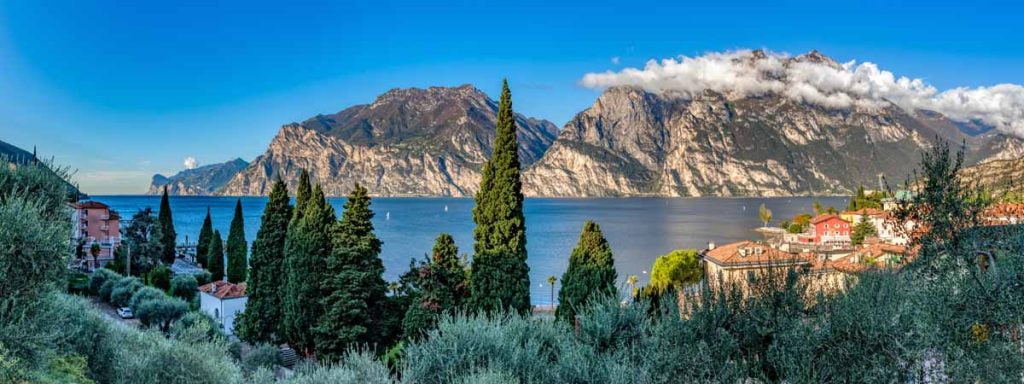Veneto – Ultimate Travel Guide
Although Italy has no shortage of art, culture, food and breathtaking sights, Veneto has one of the greatest histories of the world. Whatever a visitor to Italy wants to do, they can do it in Veneto, as the region has it all. There’s gorgeous natural wonders, unmatched art and architecture, magnetic festivities, alluring romance, unique, delectable cuisine, and a sense of pride underpinning it all.
Veneto is translated from terra dei Veneti, or “land of the Veneti.” The Veneti were the first to build complex civilizations in the area, which date back some 3,000 years. Since then, Veneto has played a significant role in world affairs, establishing one of the great republics of the era, The Venetian Republic, which stood for 1,100 years. Prior to that, Veneto was an important region operating within the Roman Republic and was a battleground among dueling nations and tribes following the Roman Empire’s dissolution. That history is a major character in the region’s culture, as influences from seemingly, every era of recent human history are apparent in the architecture, culture, and cuisine of the region.
Veneto is home to 4.5 million people, and about 3 million visit the region every year, traveling from other parts of Italy and from other nations. It is one of the most visited parts of Italy, and several of its cities are exciting tourist destinations. Venice, Verona, Padua, Vicenza, Treviso, Rovigo and Belluno all have exhibits, cuisine, and festivities worth partaking in, and the region’s incredible scenery will appeal to people of varied interests.
Above all else, though, Veneto is a place of culture. No other region of Italy was free for more than a millennium, like Veneto was, to develop that culture. No wonder then, that Shakespeare set some of his most famous plays here, that the second-oldest university in the world was established here, and that there are more Italian villas here than in any other region of the country.
Veneto’s Geography and Climate
Veneto is located in the northeastern reaches of Italy, with Austria and Trentino Alto Adige to the north, Emilia Romagna to the south, Lombardy to the west and the Adriatic Sea and Friuli Venezia Giulia to the east. And it’s the region’s variety of climate and terrain that makes it universally appealing.
The northern border is dominated by the majestic Dolomites, a mountain range that’s part of the Italian Alps. Like the rest of the Alps, the Dolomites are perfect for a postcard, in that they are beautiful to behold and enticing to hikers, climbers, and skiers of all skill levels. The Adriatic Sea to the east is graced with resort beaches, where soft sands and sapphire waters make for a relaxing retreat. The western edge of Veneto features Lake Garda, Italy’s largest lake. Its pristine waters are ringed by enchanting villages and plenty of hiking trails, and it is a hotspot for water sports. The central and southern reaches of the region are graced with softly rolling plains and hills, perfect for biking and walking tours, particularly through Veneto’s excellent vineyards. And all of Veneto is coursed with some of Italy’s most important rivers, including the Po, Brenta, Adige, Livenza, Tagliamento, Bacchiglione and Piave.
The climate is just as varied, given the presence of the Dolomites and the Adriatic Sea. Veneto ranges from an alpine climate, with its cool summers and cold winters, and a temperate climate fostered by the warm Adriatic Sea. In effect, there is never a bad time to visit Veneto, as every climate and type of scenery is available, so one never has to go far to get comfortable.
What to do in Veneto
There is no shortage of things to do in Veneto. Italy is famous for its culinary and cultural tours, and there is no shortage of either in Veneto.
The Dolomites are a favored destination for skiers, with the famous Cortina D’Ampezzo ski resorts offering luxurious lodging nestled amid the Alps. Lake Garda is a fine destination for people that want to go boating, swimming or waterskiing, and there’s plenty to see and eat once the day’s activities are done. Among the plains of Veneto, there’s the Colli Euganei, which are a series of rolling hills that don’t quite measure up to the Dolomites but are much more accessible to casual hikers and cyclists. And there are always the beaches, such as Jesolo and Caorle, both featuring golden sand and inviting waters.
The city of Verona is one of the most romantic destinations in all of Europe, and should be, given that it is the setting of Shakespeare’s Romeo and Juliet. Here there is the iconic balcony from which Juliet searched for her lover, and the Arena di Verona is a must see, especially when there is an opera or concert scheduled. Verona also caters to the romantics that regularly traipse down its streets, with an excellent array of wine bars, restaurants, and gelato shops.
For food and wine lovers, Veneto has its own brand of world-famous Italian fare. Veneto’s cuisine is heavily influenced by the season and by location, in that every city has its own take on regional favorites. Veneto pays homage to several ingredients endemic to the area, including rice, beans, polenta, and fish (most notably cod). They are found in most Venetian meals, though there is incredible variety in the recipes and preparations.
Wine is, unsurprisingly, a major staple among the Veneti as well. There are several varieties that deserve every oenophile’s attention, including Grappa, produced, obviously, in Bassano del Grappa. The Grappa is a popular after-meal drink that locals also enjoy adding to their espresso. Other popular wines include Soave, which is the region’s most recognizable white wine, Gambellara, Vespaiolo, Amarone (an incredible, luscious red wine), Bardolino and Valpolicella Rosso. Here, the globally famous Prosecco is also crafted.
Those interested in art and architecture will likely need to make more than one trip because Veneto is a treasure trove of artistic and architectural wonders. Venice, for example, houses the finest examples of the Venetian school artistic movement, which was at its height during the 16th century. Historically important artists, including the most impressive and important works of Titian, Tintoretto and Tiepolo are exhibited in Veneto, and some of the world’s most interesting contemporary art is generated in Venice.
Vicenza is the historical home of Andrea Palladio, who is considered one of the fathers of modern architecture. Every one of his buildings is a work of art, and there are more than a dozen resting regally in Vicenza. Perhaps the most striking example is the Teatro Olimpico, which is one of only three Renaissance theatres still in a preserved state. It is undoubtedly the most beautiful, too, with masterful craftsmanship and vivid colors in every corner.
Veneto always has something going on. Verona’s arena attracts the world’s greatest opera singers and musical groups and has played host to kings of rock and pop. The Marostica Human Chess Game is performed every September and pays homage to a 15th century love triangle involving Venetian nobility. It’s an event that is fun for adults and children, and is a tense spectacle of strategy.
Those interested in celebrations should consider attending the Carnival of Venice, which is one of the world’s oldest festivals and brings in nearly 3 million people every year. The Carnival is characterized by the elegant masks and costumes on display, which makes for quite the spectacle. And like any good carnival, there is plenty to eat, plenty to drink, and plenty of trinkets to browse through.
About Veneto:
